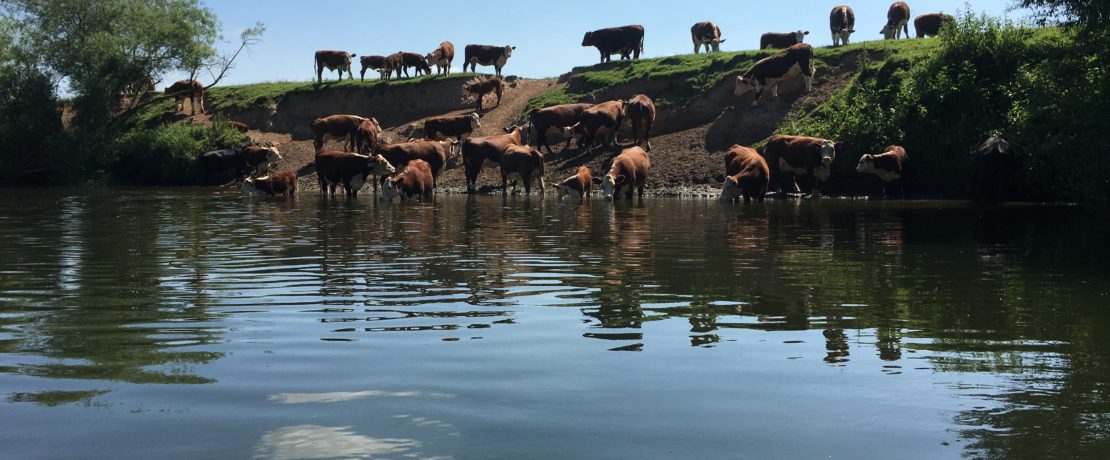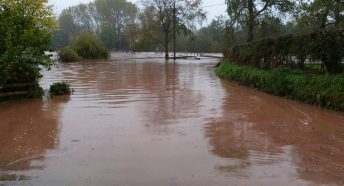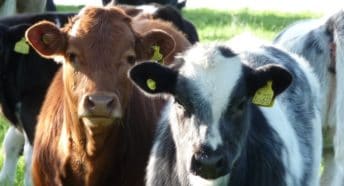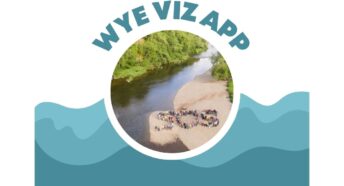New release: Phosphorus information from the EA for Wye Citizen Scientists
The Environment Agency recently published an informative and detailed document about phosphorus which includes the methodology for collecting river samples, assessing phosphorus concentrations and the significance of citizen science data in evaluating the state of the River Wye.
Phosphorus, an essential nutrient for life, plays a vital role in the growth of plants and algae in freshwater bodies. However, an excess of phosphorus can lead to harmful algal blooms, disrupting the delicate balance of organisms in the water and ultimately causing the death of all life; an occurrence known as eutrophication.
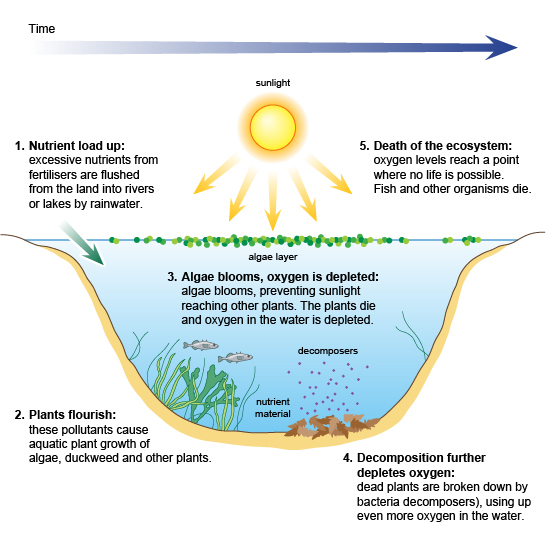
Citizen science data plays a pivotal role in identifying areas of concern and emerging issues related to phosphorus contamination. Due to limited resources, professional water quality data sets often have gaps, making citizen science data invaluable in understanding nutrient fluxes where regulatory monitoring is not feasible.By adhering to standardised procedures and using appropriate equipment, citizen scientists contribute to a better understanding of phosphorus levels in the River Wye. When combined with other water quality parameters, the data provides a comprehensive overview of the health of the Wye.Approximately 400 local volunteers have become citizen scientists, providing valuable data that confirms around 72-73% of phosphate pollution in the Wye Catchment originates from agriculture, particularly intensive poultry units.Establishing phosphorus targets for rivers is crucial to maintain ecological balance and prevent eutrophication. Specific standards and targets for phosphorus within the River Wye and Wye catchment area are outlined in documents such as the Compliance Assessment of Welsh River SACs against Phosphorus Targets by NRW and the River Wye SAC Nutrient Management Plan by the Environment Agency & Natural England.In conclusion, we extend our heartfelt gratitude to all the dedicated citizen scientists and everyone else involved in this vital work. By collaborating, scientists and citizen scientists have contributed essential facts that will hopefully lead to significant strides in protecting our beloved River Wye and ensuring the future health of our ecosystems.
The full document from the Environment Agency can be downloaded here.
To learn more, please click here, and to support this worthy cause through donation, visit our donation page here.
